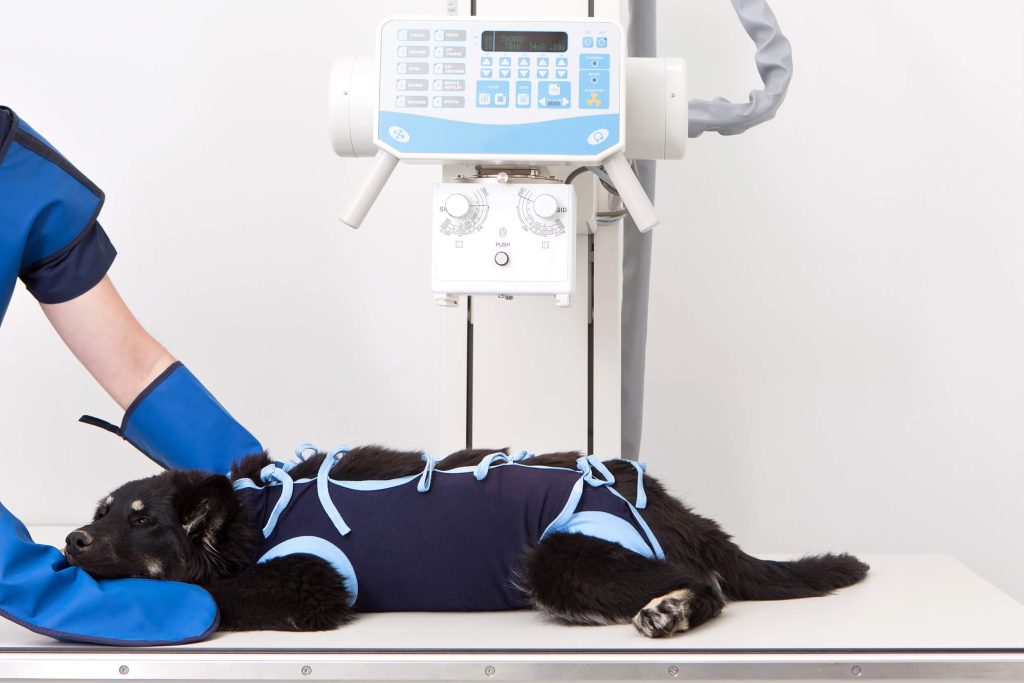- +91 6235806114
- +91 6235806115
- 24 X 7 Casualty
- 8.00 am – 9.00 pm
Department of Diagnostic Imaging

This is the first-in-line diagnostic imaging technique often prescribed for finding fractures, cracks, tumors, and images of internal organs. These take lesser time to process. Your pet doesn’t have to lie on the X-Ray table for long. This technique does not use any chemicals to develop the images. So, it is not harmful to staff or the environment. Pet Trust hospital has a state-of-the-art digital X-ray machine that helps us to provide a faster and more accurate diagnosis.
CT scan shows sliced or cross-sectional images of the body. These show very detailed information about the body like blood vessels, soft tissues, and even bones. CT scan uses X-rays and computational imaging to get detailed information on your pets. We use CT scans for advanced imaging and diagnosis of ailments.
MRI or Magnetic Resonance Imaging uses a magnetic field and radio waves to create detailed images of organs and tissues in the body. This is particularly useful for imaging the spine and brain. MRI can be used to find internal injuries and damaged ligaments.
An ECG is used to find various heart conditions. It records the electrical signals from the heart and shows them on a printer or monitor. We use ECG to monitor the heart conditions of your pet.
Endoscopy is a non-invasive diagnostic imaging technique in which a long tube called an endoscope with a video camera attached to its end is inserted inside the body. Endoscopy is usually used to diagnose inflammation, scarring on the food pipe, and other abnormalities in the stomach and colon of your pet.
Fluoroscopy is a type of continuous X-ray imaging which helps to diagnose and treat many conditions pertaining to blood vessels, bones, joints, and digestive, urinary, respiratory, and reproductive systems. A continuous X-ray beam is passed through the body and fluoroscopy is used to study the condition of moving structures in the body.
Ultrasonography or ultrasound is a diagnostic imaging tool that allows vets to see the organs of the pets in real-time. It uses sound waves to produce the image of internal organs. The vet can look at the internal organs from different angles and can find any issues associated. This is preferred over other techniques that have chances of complications as it has no risk of radiation associated with it.
Need Any Services Call Us On +91 6235806115


